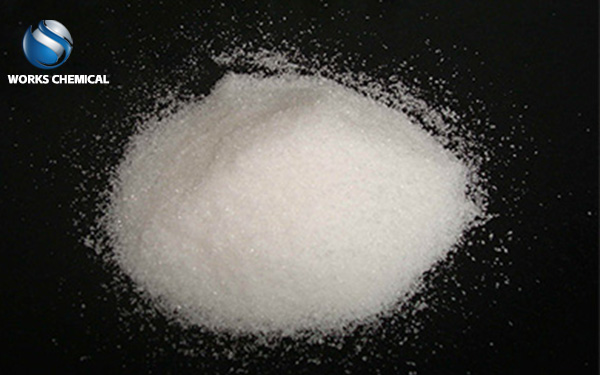
Sludge enhancer, as a key chemical agent in the field of municipal sludge treatment, has become an important technical means to achieve sludge reduction, harmless treatment and resource utilization by improving the dewatering performance of sludge, reducing the moisture content and enhancing the treatment efficiency. The following analysis is conducted from four aspects: technology application, effect evaluation, cost-effectiveness and environmental impact.

I. Technology Application and Typical Cases
Application Practice of WORKS CHEMICAL Sludge Enhancer
Its independently developed sludge enhancer significantly improves the dewatering efficiency by destroying the colloidal structure of sludge and reducing its viscosity. When used in combination with plate and frame filter presses, the moisture content of the mud cake can be reduced from 80% to below 60%, the mud pressing efficiency can be increased by 100% to 500%, and the mud pressing cycle can be shortened at the same time. This technology has been applied in multiple sewage treatment plants, achieving a reduction of over 30% in treatment costs.
Ii. Effect Evaluation: Improvement in dehydration performance and treatment efficiency
The moisture content decreases.
Sludge enhancers promote particle aggregation and release intracellular bound water by altering the surface properties of sludge particles, such as charge distribution and hydrophobicity. Experimental data show that the moisture content of the mud cake can be reduced by 35% to 55% after application, which is significantly better than the traditional lime conditioning method (which requires additional lime addition and is prone to corroding equipment).
Processing efficiency optimization
Shortened filter press cycle: Sludge enhancers reduce sludge viscosity, prevent filter cloth clogging, and increase the operating efficiency of the filter press by 100% to 500%.
Simplified pretreatment: Eliminate steps such as long-term stirring and pH adjustment, reducing operational complexity.
The maintenance cost of equipment has decreased: Due to the improved fluidity of sludge, equipment wear has been reduced, and the maintenance cost has dropped by approximately 20%.
Iii. Cost-benefit Analysis
Direct cost savings
Chemical cost: The sludge enhancer replaces traditional chemicals such as lime, reducing the cost of sludge treatment per ton by approximately 30 to 50 yuan.
Energy consumption reduction: The filtration time is shortened, and the power consumption per ton of sludge is reduced by 10-15%.
Reduced equipment depreciation: Efficient dehydration extends the service life of equipment, reducing the annual depreciation rate by 5% to 8%.
Iv. Environmental Impact and Sustainability
Pollution control
Heavy metal fixation: Sludge enhancers promote the combination of heavy metals and organic matter, reducing leaching toxicity.
Greenhouse gas reduction: Compared with the composting process, carbonization treatment reduces methane emissions by approximately 60%.
Secondary pollution avoidance: Avoid equipment corrosion and filter cloth clogging caused by the use of lime.
Resource recycling and utilization
Sludg-based biochar is rich in phosphorus, potassium and organic matter, and can be used in landscaping, land improvement and building materials production to achieve "waste treatment with waste".
Although the application effect of sludge enhancers is remarkable, the following issues still need to be noted:
Chemical compatibility: The formula of the enhancer needs to be optimized based on the nature of the sludge (such as organic matter content and heavy metal concentration).
Long-term environmental risks: It is necessary to monitor the long-term stability of pollutants in biochar to prevent secondary soil pollution.
Policy support: It is suggested that sludge resource utilization products be included in the green procurement directory to enhance market acceptance.
Conclusion: Through technological integration and innovation, the sludge enhancer has significantly improved the efficiency of municipal sludge treatment, reduced the full life cycle cost, and promoted the resource utilization of sludge. In the future, with the improvement of policies and the iteration of technologies, its application prospects will be even broader, providing sustainable solutions for urban sludge treatment.